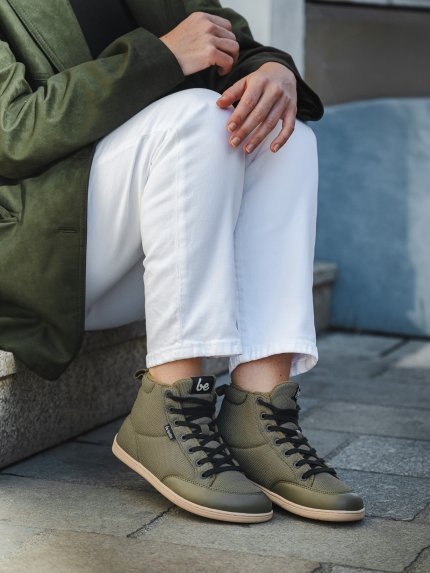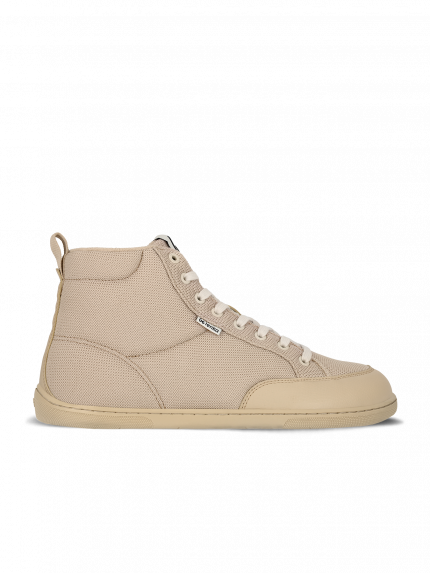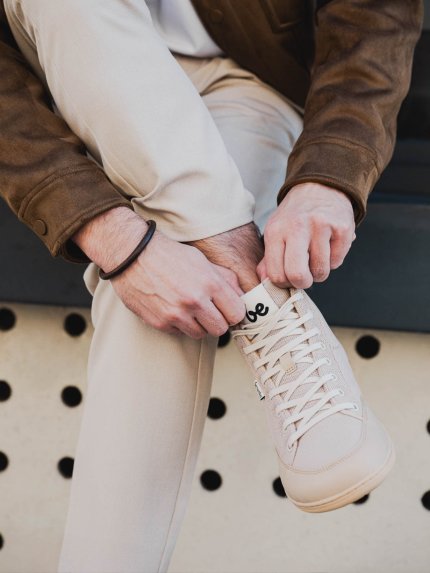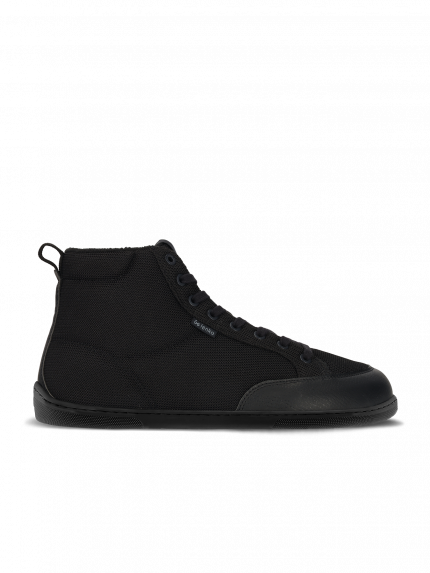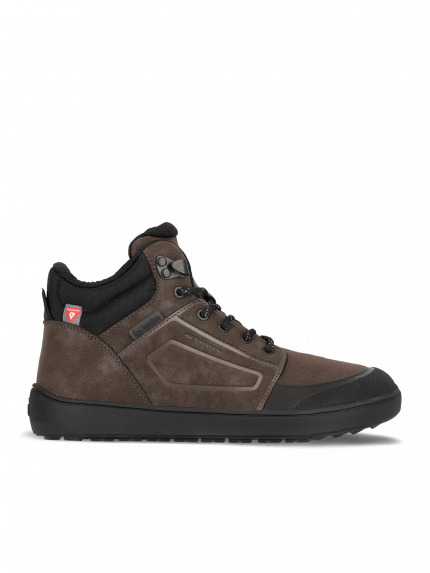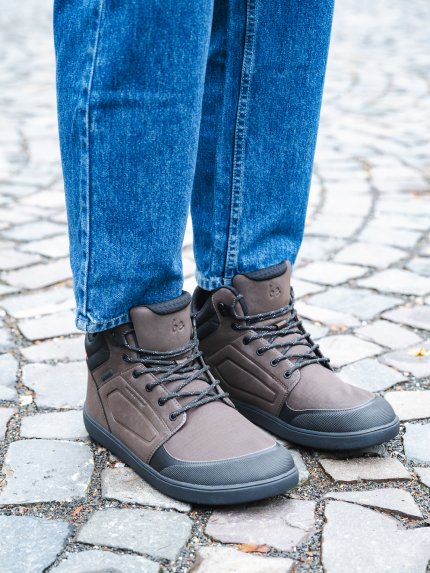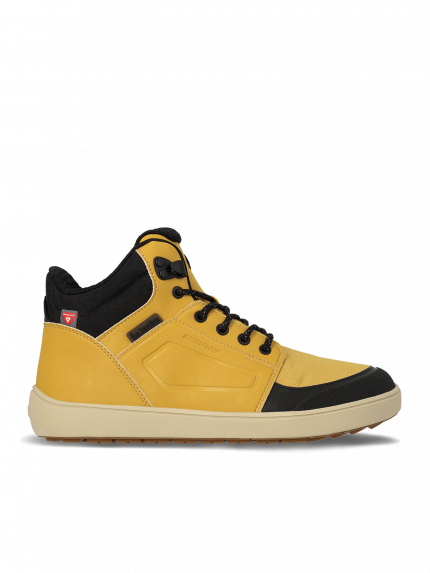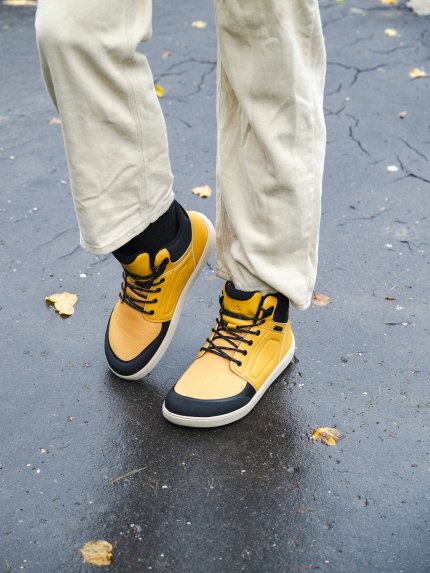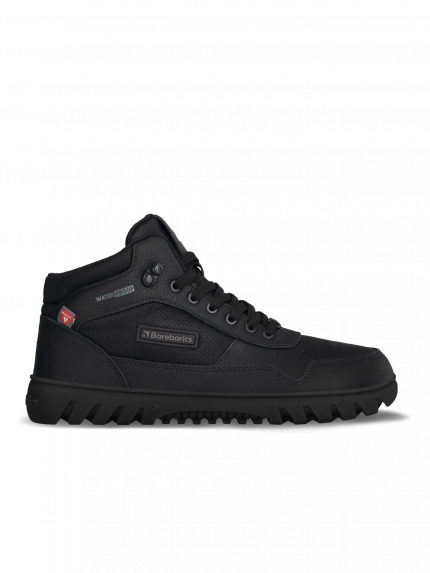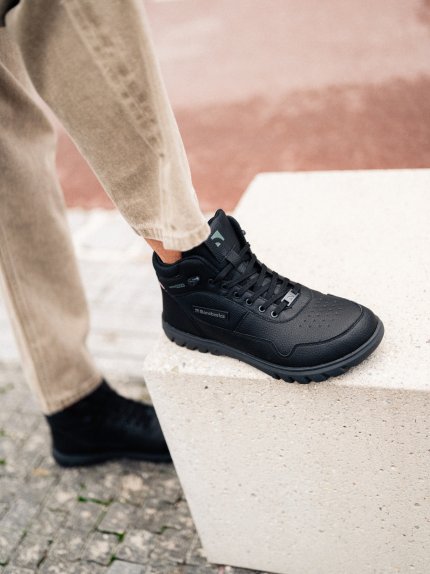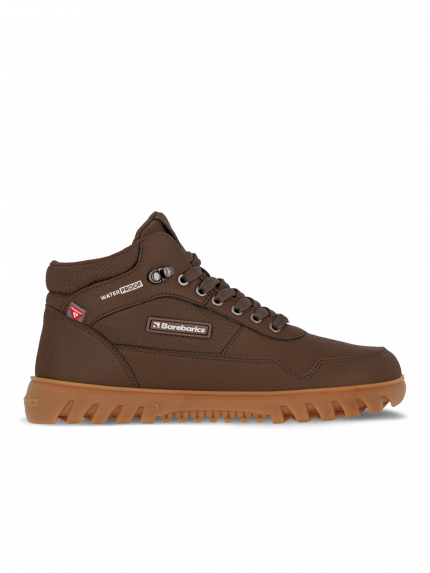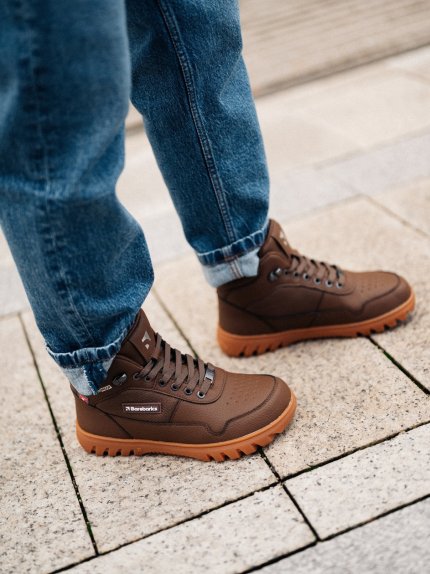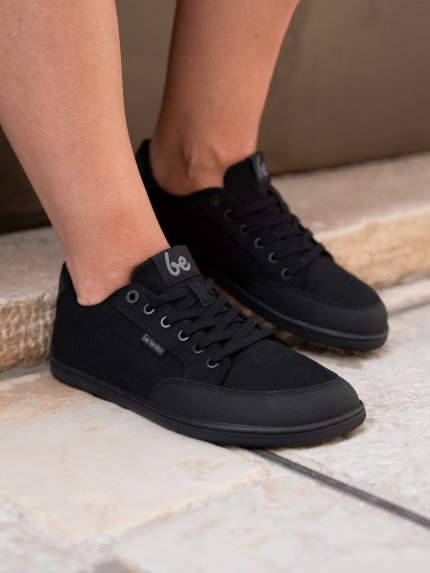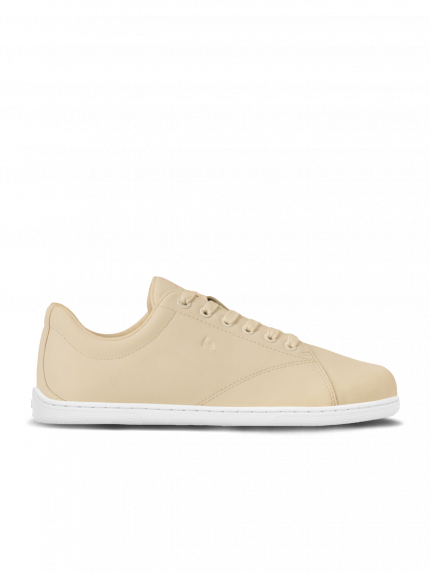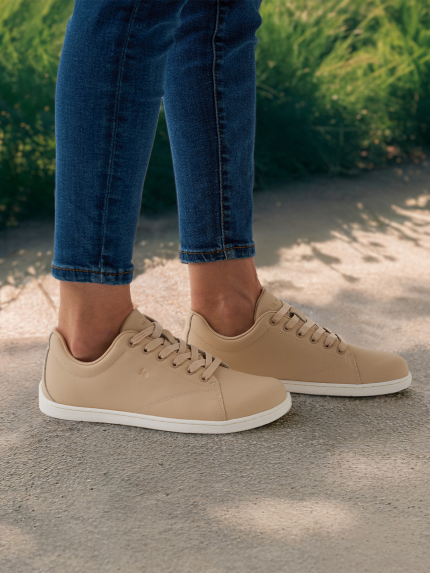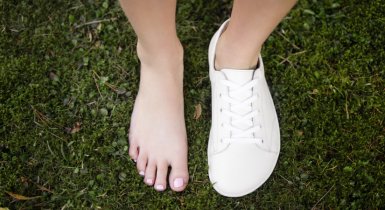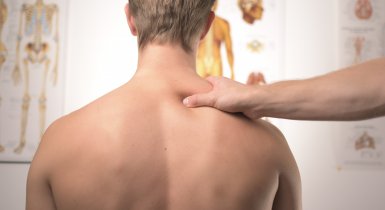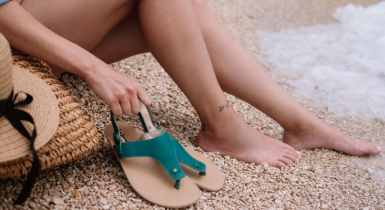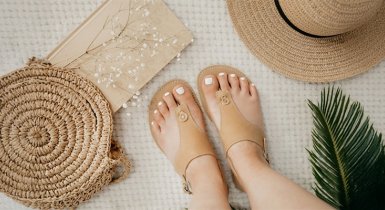What Causes Foot Pain—and What Actually Helps?
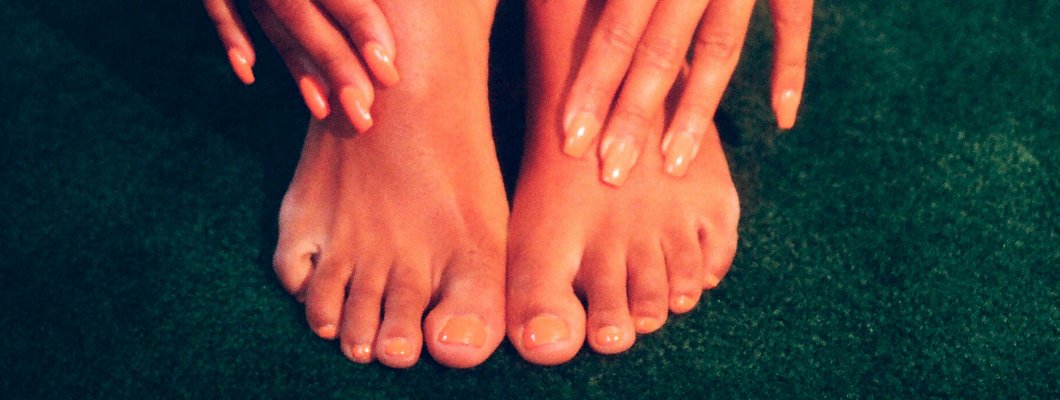
Foot pain can start as a blister and end as a bunion—or a sore back. This blog explains why feet hurt, how to read early warning signs, and which habits, exercises, and shoe features genuinely help. You’ll also learn where barefoot shoes make sense, and how to transition wisely.
Table of contents
- Why might your foot hurt in the first place?
- Where does it hurt: heel, arch, toes, or forefoot?
- What short-term warning signs should you never ignore?
- What long-term issues develop if warnings are ignored?
- What should you do first when problems appear?
- Can everyday “barefoot” habits prevent problems?
- What defines a healthy barefoot shoe—and why it helps?
Why might your foot hurt in the first place?
Pain often comes from repeated friction, cramped toe boxes, elevated heels, and stiff soles that restrict natural movement. Over time, this shifts load through the kinetic chain—foot → ankle → knee → hip → back—creating tension and fatigue elsewhere too.
Where does it hurt: heel, arch, toes, or forefoot?
The foot contains 26 bones, ~30 joints, and 100+ muscles, tendons, and ligaments—so pain can show up in the heel (plantar fascia/heel spur), arch (overload or collapse), toes (ingrown nails, bunion), or forefoot (metatarsalgia).
What short-term warning signs should you never ignore?
Blisters
- Caused by friction/pressure from tight or poorly fitted shoes.
- Reduce risk with breathable uppers, dry socks, and correct sizing.
Corns (chicken eye)
- Localized hard skin from chronic pressure or shoe rub.
- Address fit issues; never cut with sharp objects—use professional care if painful.
Ingrown toenails
- Linked to narrow toe boxes and rounded/too-short trimming.
- Trim nails straight across; choose shoes with ample forefoot room.
Mycoses (nail/skin fungus)
- Thrive in warm, humid, poorly ventilated shoes.
- Keep footwear dry, rotate pairs, wear shower shoes in public spaces; seek pharmacy/medical treatment if needed.
What long-term issues develop if warnings are ignored?
Fallen arches (longitudinal/transverse)
- Uneven loading and prolonged heel elevation can weaken support tissues.
- Mix strengthening with footwear that allows natural foot mechanics.
Hallux valgus & hammer toes
- Narrow fronts push the big toe inward; chronic pressure alters alignment.
- Early measures: wide toe box, lowered heel, spacers/exercises; surgery only for advanced, symptomatic cases.
Heel spurs
- Bony growths from chronic traction at the heel; often co-present with plantar fasciitis.
- Typical care: load management, physio, modalities; footwear that avoids concentrated heel loading.
Back and joint pain
- Misaligned feet change posture and gait, increasing stress at knees, hips, and lumbar spine.
- Restoring natural stance and toe splay can reduce upstream strain.
What should you do first when problems appear?
Practical steps
- Fix fit: shoes long/wide enough; no toe squeeze.
- Lower the heel: avoid elevation to improve weight distribution.
- Soften load: alternate activities, add foot-care breaks.
- See a pro early: podiatrist/physio for persistent pain; treat nails/skin promptly.
Simple at-home drills (5–7 minutes)
- Toe splay holds; big-toe lifts with other toes anchored.
- Towel scrunches or small-object pickups.
- Rolling the sole on a tennis or spiky ball (heel → arch → forefoot).
Can everyday “barefoot” habits prevent problems?
Yes—small daily choices compound. Go barefoot at home when safe, use foot-strength drills, and favor flexible, foot-shaped shoes outside. Research indicates that short programs in minimalist footwear can improve balance and foot posture, and foot-core work with minimalist shoes can strengthen intrinsic muscles over weeks to months.
What defines a healthy barefoot shoe—and why it helps?
Core features
- Zero-drop: heel and toes level for neutral alignment.
- Wide toe box: space for natural toe splay.
- Thin, flexible sole (≈ 4–6 mm): ground feedback and natural roll.
- Lightweight, no rigid inserts: lets muscles do their job.
How it helps
- Encourages mid/forefoot loading instead of hard heel strikes.
- Restores balance and posture from the ground up.
- Reduces hot spots that lead to blisters, corns, and ingrown nails.
- Supports long-term foot strength and comfort.
Foot pain is common—but not inevitable. Catch early warnings, address fit, build simple foot strength, and choose footwear that respects your anatomy. Barefoot-style, foot-shaped shoes can be a practical tool for prevention and, alongside gradual adaptation, a path back to comfortable movement.+
Sources
- Gabriel, A., Fuchs, K., Haller, B., Sulowska-Daszyk, I., Horstmann, T., & Konrad, A. (2024). A four-week minimalist shoe walking intervention influences foot posture and balance in young adults: A randomized controlled trial. PLOS ONE, 19(6), e0304640. PLOS
- Hsu, Y.-C., et al. (2024). The effects of foot-core exercises and minimalist footwear on foot muscle size and strength: Randomized controlled trial. Clinical Biomechanics, 110, 105001. ScienceDirect
What’s the fastest way to reduce everyday foot pain?
+ -Start with fit: lower heel height, widen the toe box, and add a brief daily foot-rolling routine.
Can footwear changes help plantar fasciitis?
+ -Foot-core work plus gradual use of flexible, minimal shoes can improve symptoms for many people, though responses vary.
Will a wide toe box fix bunions?
+ -It can reduce pressure and slow progression; early, consistent use helps most. Severe, painful bunions may require medical intervention.
How soon should I feel a difference in comfort?
+ -Many feel relief within 2–6 weeks with better fit, simple drills, and gradual transition to flexible footwear.
 DE / USD
DE / USD

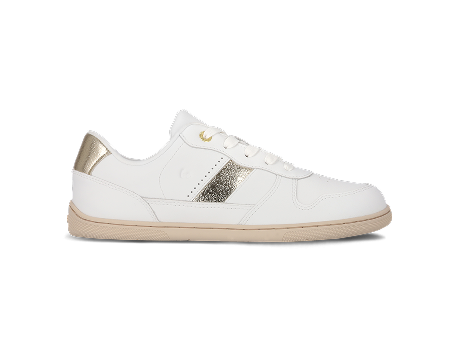

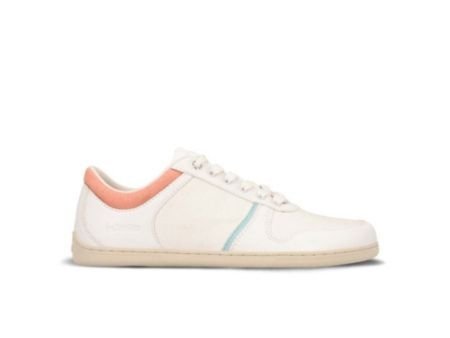
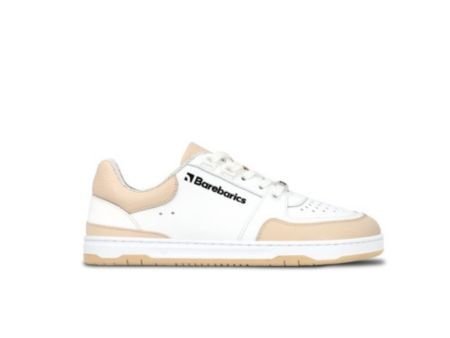

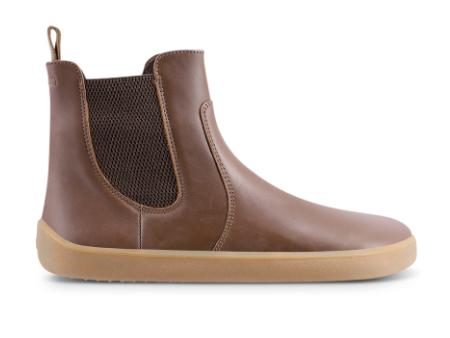


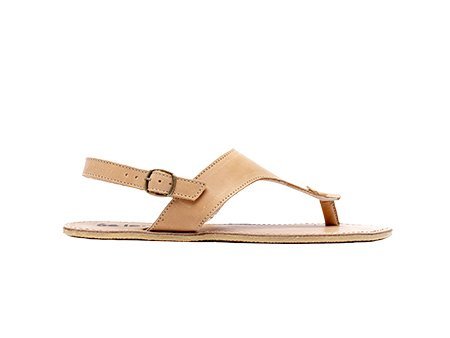
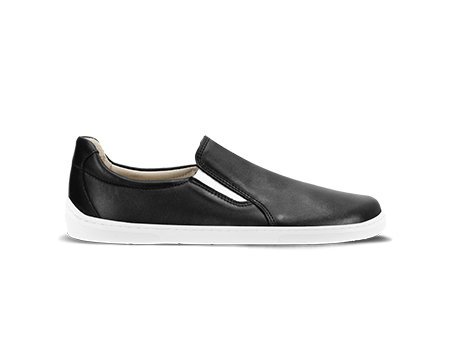

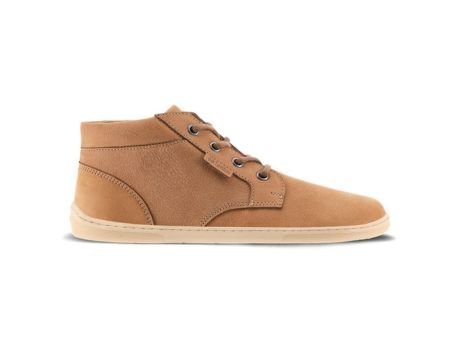

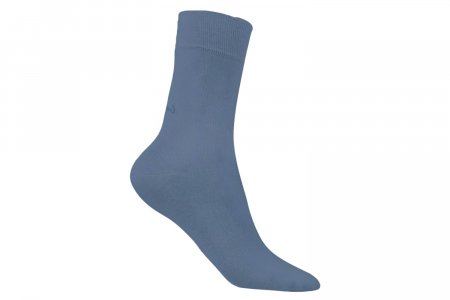
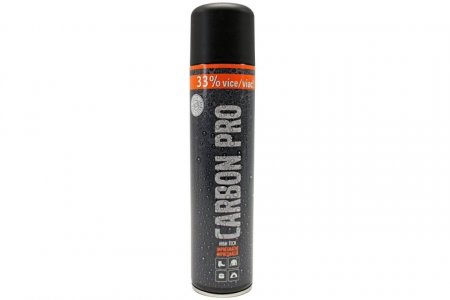
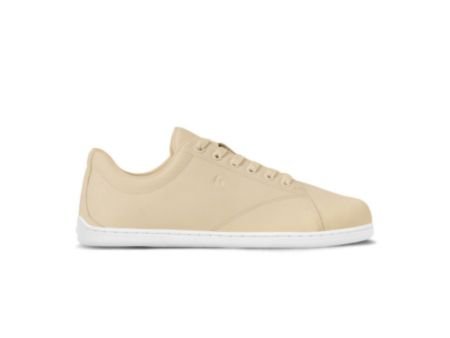
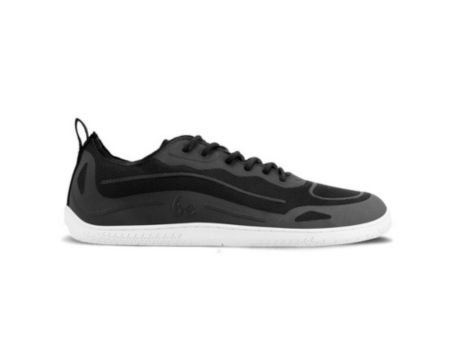
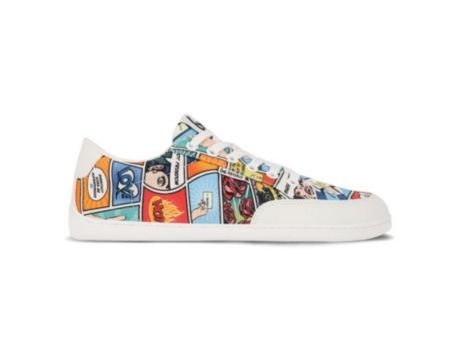

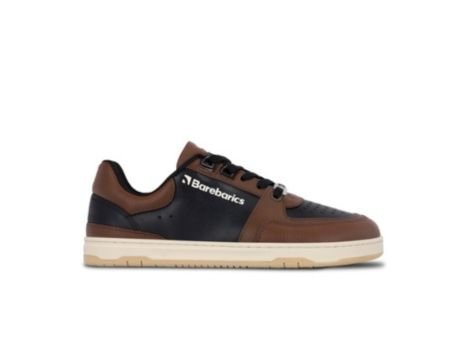


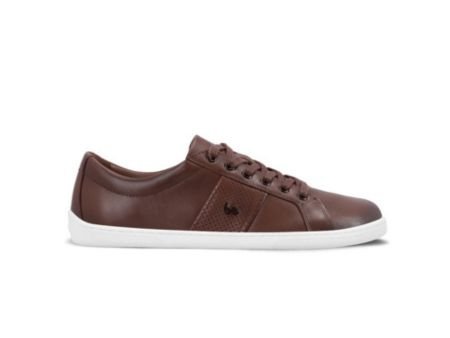
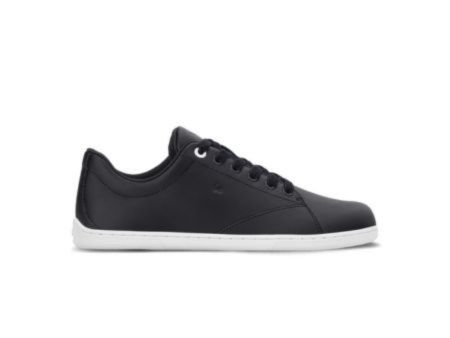
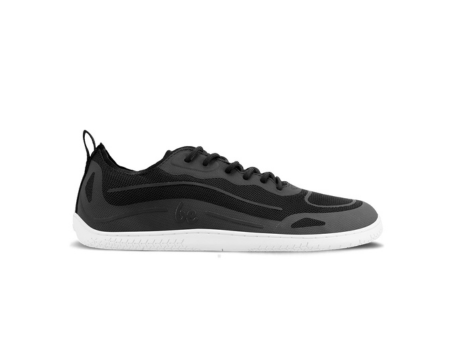

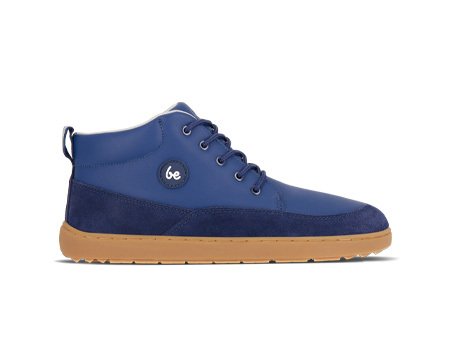

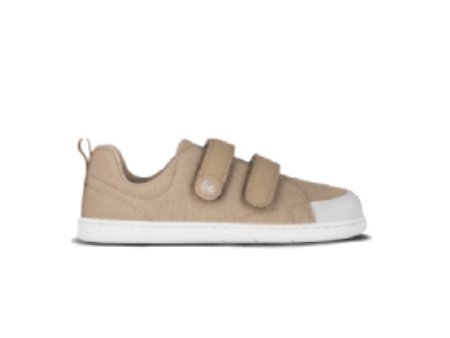

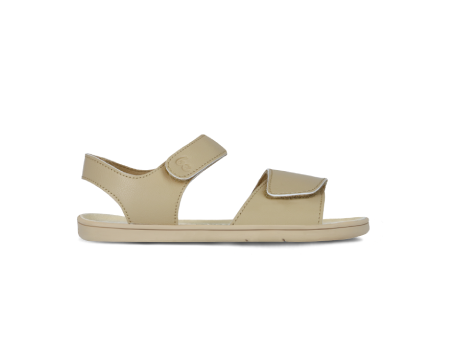
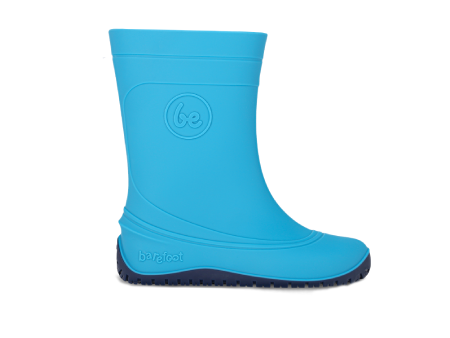
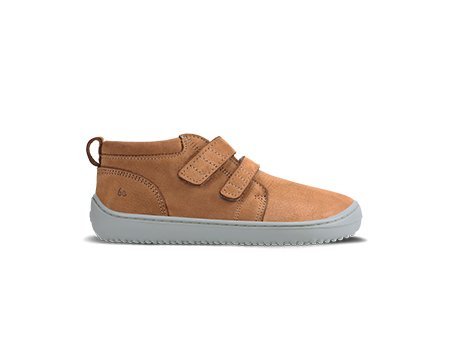
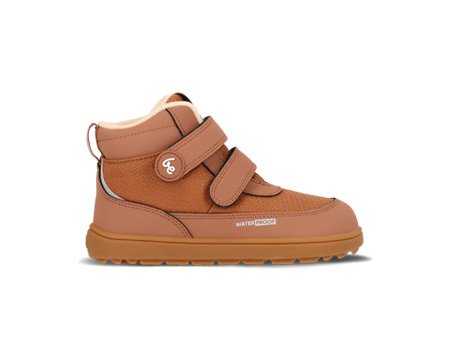
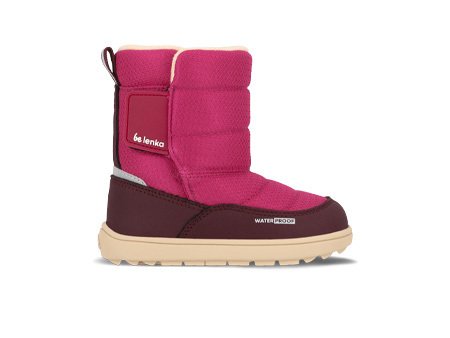

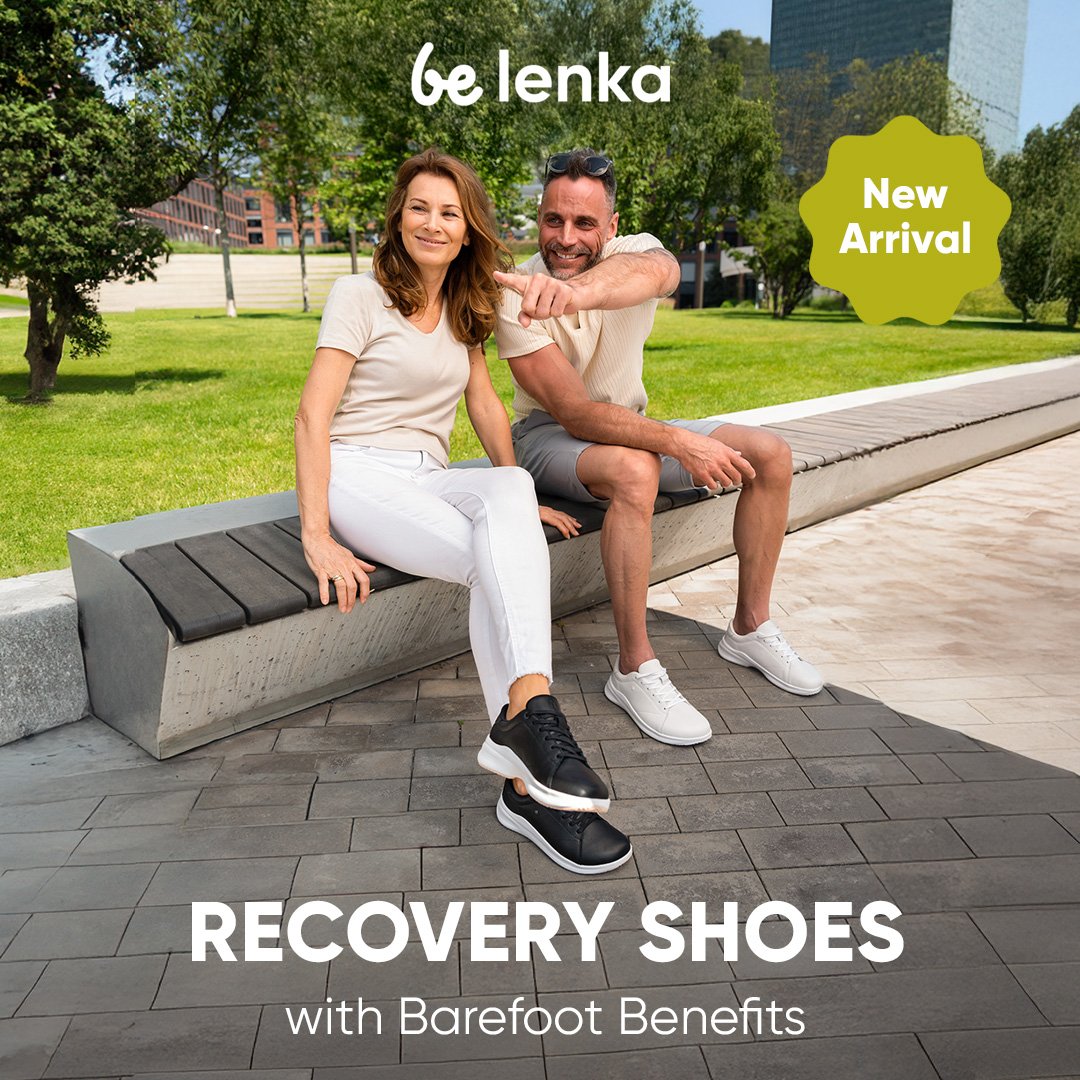
 Be Lenka
Be Lenka

